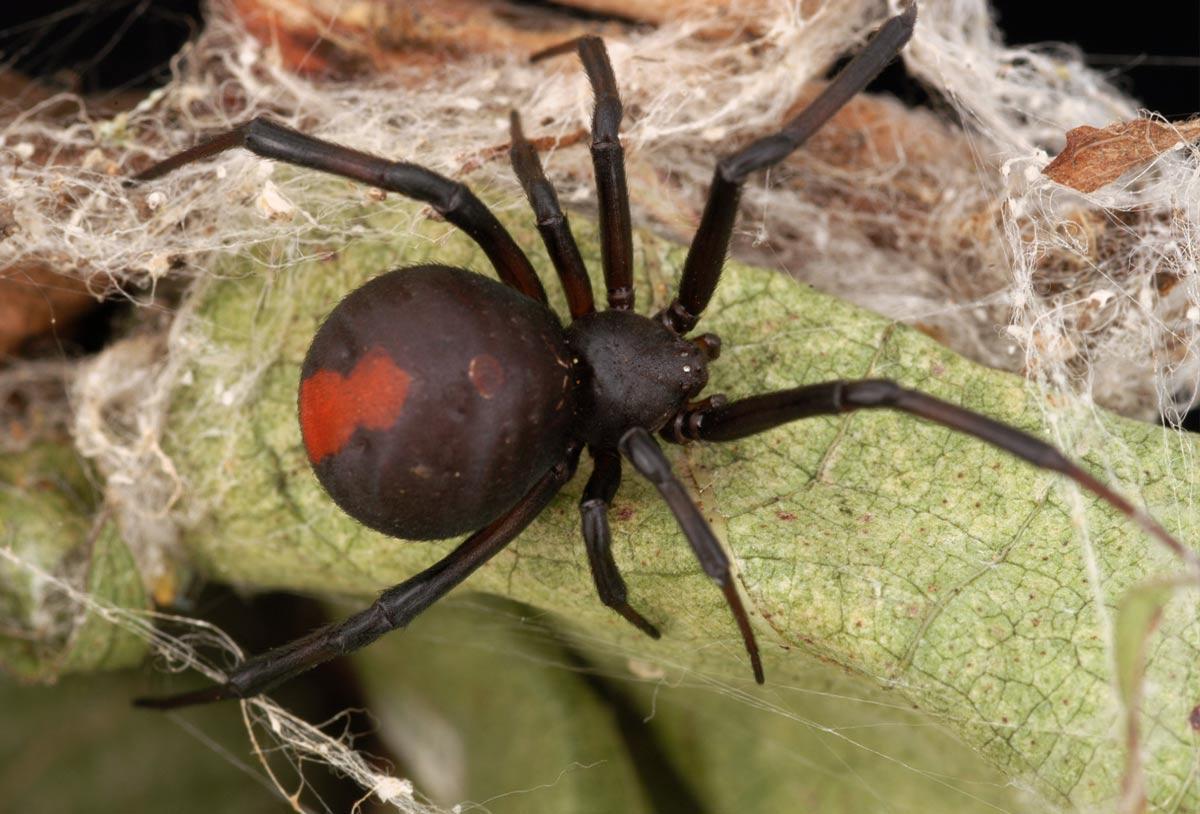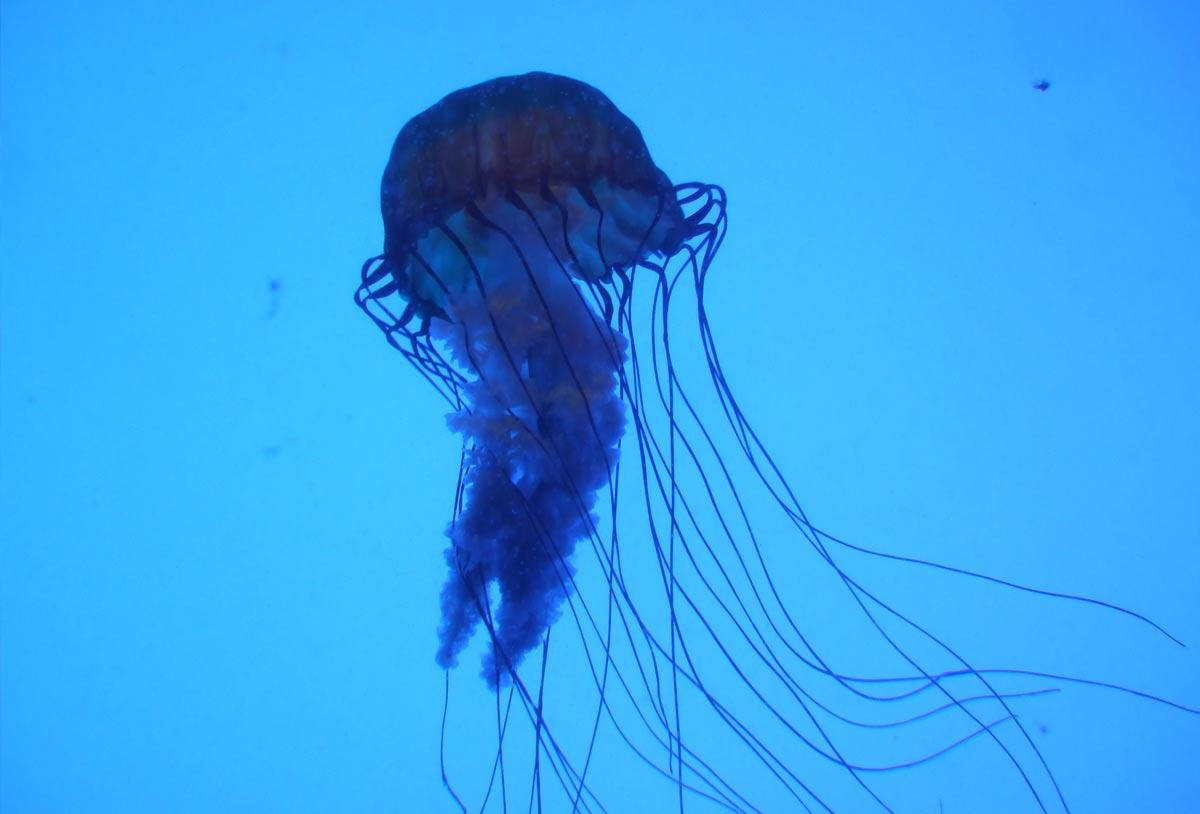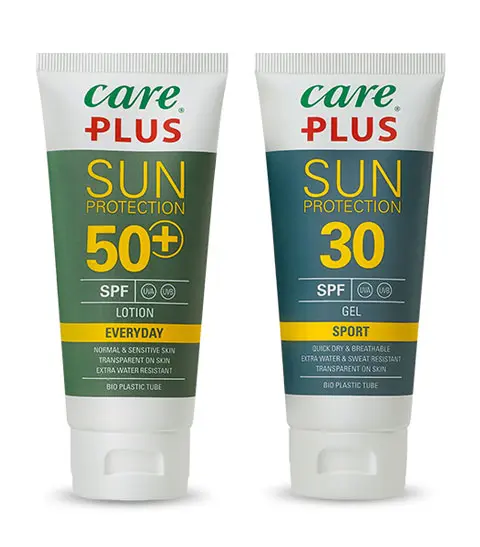Safe travelling in Australia
Australia is a country in the southern hemisphere, consisting of the mainland and a large number of Islands in the Indian and Pacific Ocean, Tasmania being the largest. Australia is located northwest of New Zealand and south of Indonesia, East Timor and Papua New Guinea. The country covers an area of 7,692,02 km² and is the sixth largest country in the world. With 24 million inhabitants, of which the majority lives in and around the big cities such as Sydney, Melbourne, Brisbane, Perth, Adelaide and the capital, Canberra.
Climate
The largest part of Australia has a warm desert climate and is surrounded by a large region of warm steppe climate. The northern part of Australia has a tropical savanna climate, also called a subtropical climate. Southern and eastern Australia has a sea climate. Because Australia is located in the southern hemisphere, the seasons are exactly opposite to ours.
Summer season
Summer in Australia coincides with our winters. From December to March it is warm to very hot and temperatures can go up to 50 degrees in some places. Fortunately, this rarely happens, but take into account that the temperatures can easily run up to 40 degrees.
Summer is also hurricane season. Hurricane season is quite short here and only lasts three months (January to March). The hurricanes come from the east and occur mainly in the northeast and north of Australia.
Winter season
The winter months in Australia display a wide variety of weather conditions and temperatures. The north is still quite warm, sunny and especially dry. The south is significantly cooler and at higher altitudes, there is sometimes snow and frost. Winter sport location in Australia are Mount Hotman, Falls Creek and Mount Buller.

Area: 7,692,02 km2
Population: 24.6 miljoen
Capital: Canberra
Climate: Varied
Tropical diseases in Australia
Dengue
Yes, dengue occurs in Australia.
Yellow fever
No, yellow fever does not occur in Australia.
Malaria
No, malaria does not occur in Australia.
West Nile virus
Yes, West Nile virus occurs in Australia.
Zika
No, zika does not occur in Australia.
Dangerous animals in Australia
In addition to special animals such as kangaroos, koalas and wombats, you can encounter many other animals in Australia that are much more dangerous. The information below will help you to know what to look out for so you can take the right precautions when travelling. Should you get stung by an insect or a jellyfish, you will know what to do.
Mosquitoes
In the first place, a tiny creature: the mosquito. A mosquito can be deadly in Africa. They spread diseases, such as malaria, dengue and zika. Mosquitoes make around 3 million casualties each year. The malaria mosquito is only active in the evenings and at night, the dengue mosquito mostly during the day. Protect yourself by always sleeping under a mosquito net, using Anti-Insect DEET and wearing insect repellent socks. Have you been bitten? Use a venom extractor for removing the venom. This prevents the poison from spreading through the body. Consult a doctor immediately should you have any of the symptoms of the diseases.

Tiger mosquito (Aedes albopictus)
Spiders
Australia is the home base for some of the most venomous spiders on the planet. Always make sure you sleep under a mosquito net and check under chairs and in toilets before you sit down. Shake your shoes before putting them on. Have you been bitten? Remove the venom from your body with the venom extractor and consult a doctor. Be aware of small spiders; they are less visible, but at least as dangerous.
The redback spider is one of the most common inconspicuous spiders. The (venomous) female is easily recognisable by her black body with a red stripe on the back. The venom of this spider can be deadly. After a bite, the area starts to hurt and red circles appear. The venom causes headache and vomiting. In the final phase, you can become paralysed and the organs start to fall. Be warned!

Redback spider (Latrodectus hasselti)
Jellyfish
Jellyfish can also be dangerous. They inject their venom into your skin through the needles on their tentacles, which can be deadly in some cases. Prevent a jellyfish sting by applying water-resistant sunscreen that also protects against most jellyfish stings, corals and anemones. Or you can wear a stinger suit, which is a thin wetsuit that protects your body against jellyfish tentacles.
In many places, the danger of jellyfish is indicated by signs. If in doubt, ask the locals. If you have been bitten by a venomous jellyfish, you need to go to the hospital immediately. In the case of first aid treatment: never treat the sting with alcohol, but use vinegar. Never remove a tentacle that is still attached to the body and never touch a tentacle that has fallen on the ground, it may still contain poison.
Tip: many beaches have a type of letterboxes that contain bottles of vinegar in case of emergencies. If you can’t find one, there are usually people at the beach that carry a bottle of vinegar.

Box jellyfish (Cubozoa)
Crocodiles
The north of Australia is also known as Crocodile Country because of the number of crocodiles that live here. The crocodile is one of the most feared creatures in Australia. If you’re only travelling to the southern parts of Australia, you have nothing to fear.
Two types of crocodiles live in Australia; the freshwater crocodile and the saltwater crocodile. The freshwater crocodile is smaller and relatively harmless to people. However, this does not apply to the saltwater crocodile. The saltwater crocodile lives in the sea, and in rivers and lakes. Crocodiles don’t just attack, but can be aggressive and lie invisibly still in the water. Be extremely careful and check if it’s safe before you go swimming.

Saltwater crocodile (Crocodylus porosus)
Sharks
Sharks can be found in Australia and most sharks show no interest in humans. Sharks are generally less dangerous to humans than all the other above-mentioned creatures. However, watch out when swimming and pay attention to any warning signs placed at beaches. Some rivers in Australia are breeding places for sharks and are unsafe. Don’t swim in these rivers at night.

White shark (Carcharodon carcharias)
What to pack




Good to know
Vaccination
When you go to Australia, it is a good idea to get the right information and take the right precautions. Some vaccinations are recommended for Australia, but most vaccinations are not mandatory. A vaccination for yellow fever is required in some cases if you come from a country where yellow fever occurs.
Visa
You always need a visa to enter Australia. Because everyone has a different reason for travelling, there are several types of visa. In Australia, there are three different types of visa.
The most applied visa is the eVisitor visa, also called the business and tourist visa. This visa allows you to stay in Australia for three months. If you’re going to Australia for business or holiday, you need to apply for this visa.
You apply for an Australian ETA if you have no Dutch or Belgian Nationality. This visa allows a three-month stay in Australia and can be used for business and holiday purposes.
If you want to do paid work in Australia, you need to apply for a Working Holiday Visa. This visa allows you to stay in Australia for one year and allows you to do paid work.
Water
Tap water in Australia is safe to drink.
Language
The official language of Australia is English. Each of the traditional Aboriginal communities speaks their own language and usually speak other Aboriginal languages too. They usually hardly speak English, unlike Aboriginals in cities and rural communities.
